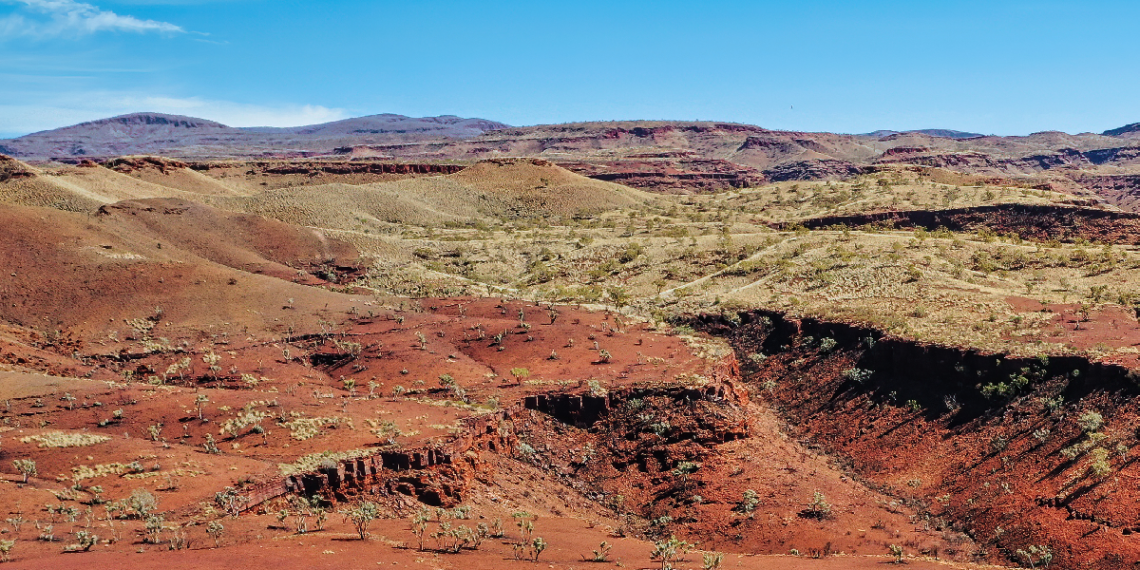Please give readers a brief summary of the work carried out by NAIF.
The Northern Australia Infrastructure Facility (NAIF) is a development financier that was established by the Federal Government in 2016 to provide debt funding to support the development of infrastructure projects in Northern Australia. NAIF provides loans, which may be concessional, to encourage and complement private and public sector investment in economic infrastructure.
What types of projects is NAIF looking to fund at the moment? Is there a thematic driving your investment policies?
One of the great things about NAIF is that we can “play” across many sectors and in many industries. We are as comfortable working with proponents in resources and energy as we are in sectors like social infrastructure or agriculture, and our portfolio of deals is evidence of that.
In overall terms, NAIF has committed A$3.5B to projects and achieved A$2.5B of closed financings, which is the key point of economic enablement for NAIF’s transactions. These projects are forecast to support more than 13,500 jobs and provide around A$27B in economic benefit to the region. Additionally, our early support for some projects has helped unlock additional investment, which would only have happened due to NAIF’s initial involvement.
Specifically in resources, NAIF has committed A$1.6B to projects are various sizes and in various commodities. They range from mineral sands, bauxite, and coking coal to fertilizers, salt, and rare earths.
In overall terms, we are sector agnostic and assess projects on a case-by-case basis against our Investment Mandate. The key driver is that our investing activities endeavour to focus on projects that generate real and sustained population growth across Northern Australia.
In terms of themes, we see a greater focus on positive ESG outcomes, commodities that will assist in clean energy transition, downstream processing in Australia and security of supply chains particularly in critical minerals or commodities such as fertilizers.
We’re also focused on improving housing availability and affordability in northern Australia and we’re currently working with a number of resource companies and local councils to find ways to develop and finance new housing projects.
NAIF is focused on funding projects in Northern Australia. What type of exploration do you see happening at the moment and is the funding coming in to assist these projects?
As you point out, resources make a material contribution to economic growth and jobs in the north, and are a priority sector under the Northern Australian Economic Development policy. NAIF is active across all commodities. However, in recent times we are increasingly seeing more activity in the critical minerals and fertilizer sectors. Exploration funding continues to be the domain of equity investors, whereas NAIF typically get involved at the completion of a definitive feasibility study to finance the development of the project.
Our specialist expertise enables us to offer innovative financing solutions otherwise not commercially available. In particular, we can provide longer loan tenor, deferral of interest and principal repayments, security and/or cash flow subordination and concessional pricing.
And we can accept a higher risk than commercial lenders noting that projects in northern Australia are susceptible to unique risk factors, including distance remoteness, climate, and connectivity.
What is the role you see for investors and governments to help fund the energy transition?
NAIF is sector agnostic so we don’t have a particular view on pushing for one sector or another other than assessing projects against our mandate and fulfilling government policy. I talked earlier about NAIF’s financing in the resource sector but reflecting our sector-agnostic approach, it is as important to mention that NAIF has a strong record with support for commodities that assist in the energy transition and renewables.
NAIF’s largest loan to date is in the renewables sector (A$610M loan to the Kidston pumped hydro project via Genex). This project stores energy to provide dispatchable power in support of renewable generation.
In addition to the Kidston project, NAIF’s record of supporting renewables includes loans to fund a solar power station at the Alinta Chichester solar project, supporting Kalium Lakes (ASX: KLL) in creating a new industry (potash) and a solar element in the airport upgrade projects carried out by the Airport Development Group/NT Airports.
Critical minerals is a big buzz word in the metals and mining industry today, and localizing supply chains domestically is a current drive in the sector. What are your thoughts on creating stronger domestic supply chains and what do you see happening across Australia/Northern Australia at the moment?
Government financiers, such as NAIF, have a unique role in the development of critical minerals projects that are finding it very difficult to obtain funding in the commercial bank market. Diversity of supply and building domestic downstream processing capacity is essential to ensure long term security of critical minerals. NAIF’s risk appetite means that we can finance commodities with greater price volatility, which is typical for most critical minerals. Over the past few years, NAIF has announced loans to Hastings Technology Metals (ASX: HAS) (rare earths), Strandline Resources (ASX: STA) (mineral sands), and Kimberley Mineral Sands (mineral sands), and we’re currently working with other proponents in the lithium and rare earths sectors.
A key role that NAIF has in many of these projects is to provide cornerstone debt, which will then attract other investors (both debt and equity), which will ultimately result in the development of the project.












